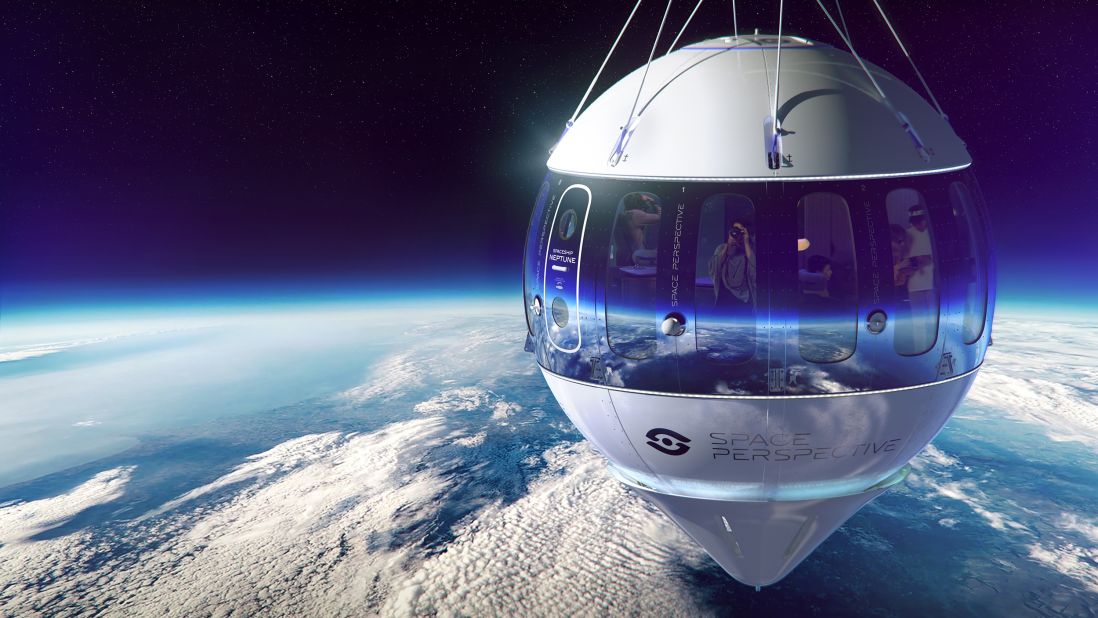Since the 1957 launch of Sputnik, major nations have rediscovered space as a competitive domain. Meanwhile, technological advancements are enabling frontier space-science missions to become practical.
For example, billionaire entrepreneurs are betting on a future in which trips to Mars and back are real, not a sci-fi fan’s fever dream. But how will these new commercial ventures impact the world of space exploration?
The Future of Human Spaceflight
Since the earliest days of human civilization, people have looked up into the night sky and wondered about the nature of objects that appeared there. The development of rockets that could overcome the force of gravity and reach orbital velocities made it possible to send machines, animals, and eventually humans above Earth.
While most space exploration has been conducted for utilitarian purposes such as military, economic and scientific gain, there is an underlying belief that it is important for humans to see what lies beyond our home planet. This is evident by the ongoing calls to return to the Moon, travel to Mars and explore the solar system and beyond.
After the exponential growth in short duration flight objectives of the 1960s, NASA focused on developing long-duration capabilities with the International Space Station (ISS). The agency’s astronauts are testing how their bodies will react to long missions such as those that would take them to Mars or the Moon.
Commercial Space Exploration
The global space economy is booming. In 2020, it topped $357 billion and is expected to reach $1 trillion by 2040, according to Morgan Stanley.
The commercialization of space is led by companies such as SpaceX and Blue Origin. Their rockets and spacecraft have launched satellites, transported cargo to low Earth orbit and carried humans into space.
Private firms are also exploring ways to mine asteroids for raw materials such as gold, silver, iridium, osmium and platinum for use in spacecraft construction, water and oxygen for astronauts’ life support systems and fuel for rocket propellant.
But will commercial ventures eventually replace national governments as the dominant force in human spaceflight? That’s unlikely. National government policy is set by executive order and law, while most contracts are fixed price or cost-plus, allowing agencies to recover development and operational costs and make profit. In addition, government-backed ventures provide critical funding for research and development.
The Moon
For the past 20 years, humans have lived continuously 240 miles above Earth on the International Space Station. However, the moon is 244,000 miles away. If an emergency occurred on the lunar surface and astronauts needed to return home, it would take a few days.
Several commercial companies are working on developing spacecraft to enable extended stays on the moon. They also want to explore the Moon for water ice, minerals and Helium-3 for fuel. This exploration will be a major source of revenue for companies in the future.
Other government space agencies are reviving their moon programs. NASA’s Artemis program plans to land the next generation of astronauts on the Moon in 2024. The space agency is also establishing a lunar base camp to prepare for Mars missions. In addition, NASA and its commercial partners are working on a range of technologies for long-distance space travel. These include 3D printers that can manufacture parts in space, as well as systems that drill into regolith and convert it into oxygen, food and other supplies for a long-duration mission.
Mars
Humanity’s first stepping stone to the rest of the solar system will likely be the Moon. Both NASA and private companies like SpaceX have plans to send humans there in the near future – a lunar base would be an excellent opportunity to test spacecraft, habitats and long-duration space travel.
The new Orion spacecraft is designed to transport astronauts to and from the ISS, and it will also allow them to land on the Moon. The company Blue Origin is working on a reusable rocket to get people into orbit, and Sierra Nevada Corp and China’s X-37B autonomous spaceplane will soon offer suborbital flights.
It may also be possible to build space stations in low-Earth orbit, such as the Bigelow Expandable Activity Module (BEAM). These are small modular spaces that can be expanded to hold more crew members and equipment. They could be powered by solar arrays, which gather sunlight 24/7 and beam it back to Earth for cheap clean energy.




